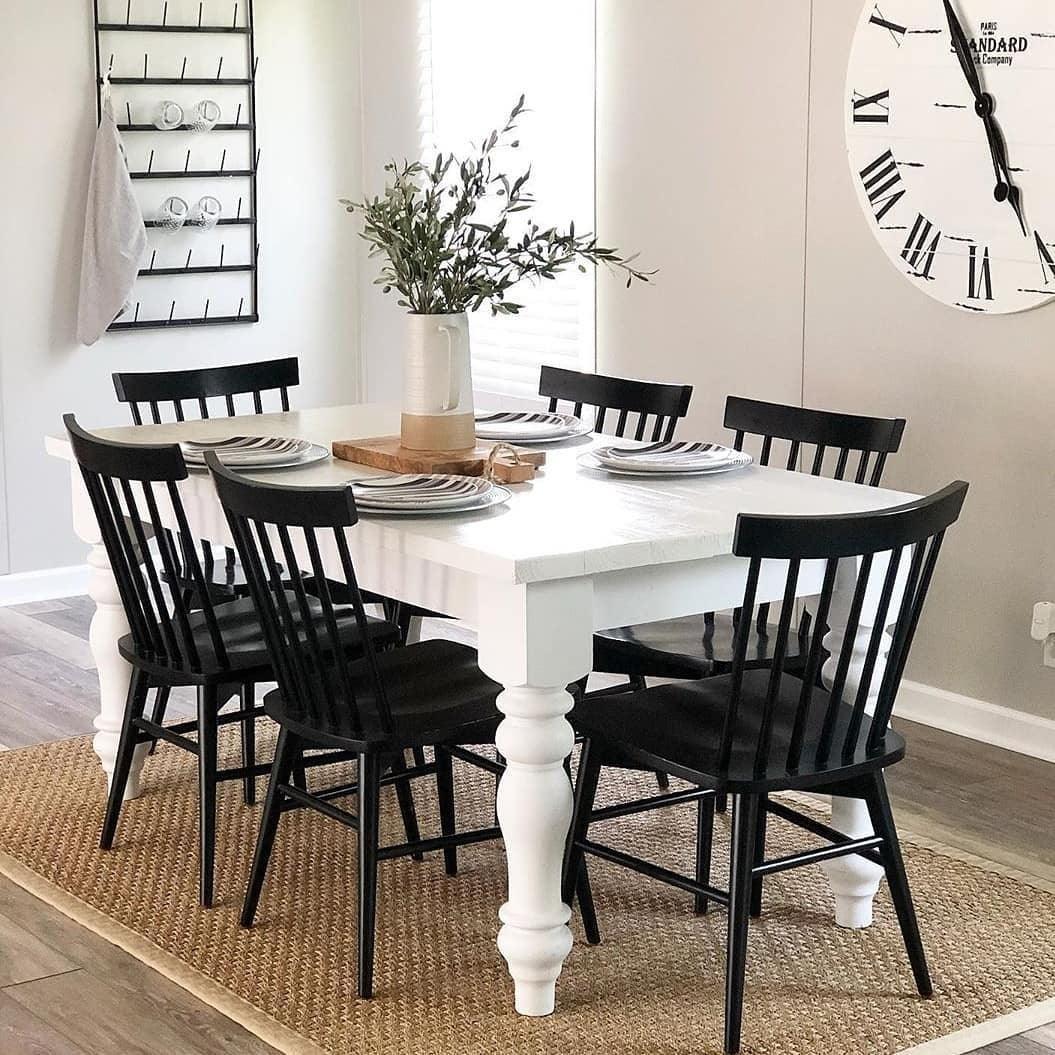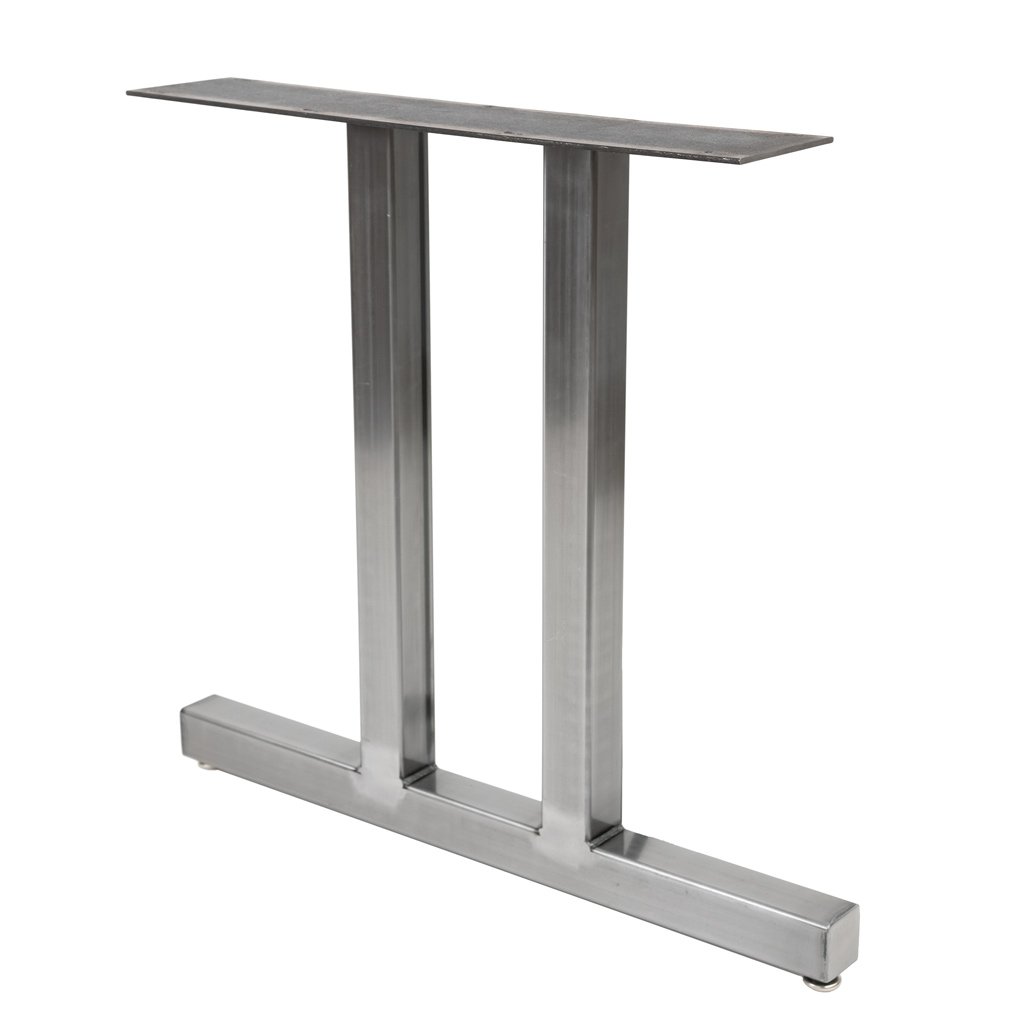Why Dining Room Table Legs Are Crucial for Your Table’s Stability
Why Dining Room Table Legs Are Crucial for Your Table’s Stability
Blog Article
From Conventional to Modern: Locate the Ideal Eating Space Table Legs for Your Design
While traditional designs such as cabriole and turned legs stimulate a feeling of ageless class, modern styles like hairpin and geometric alternatives present a chance for striking aesthetic passion. As you think about these aspects, the question remains: just how can you seamlessly incorporate these varied leg designs to produce a harmonious eating experience?
Comprehending Table Leg Styles
The variety of dining-room table leg designs can dramatically affect both the visual appeals and performance of the space. Each leg style contributes one-of-a-kind useful features and visual elements, accommodating varied layout choices and usage demands. Understanding these designs is important for selecting the appropriate eating table that lines up with your overall indoor style vision.
As an example, conical legs use a clean, traditional appearance that can enhance a space's elegance, while stand bases give security and take full advantage of legroom, making them ideal for smaller spaces. Hairpin legs, a hallmark of mid-century modern design, present a commercial style, enabling an airy, open feel. Similarly, trestle legs evoke rustic appeal, offering robust assistance and a feeling of eternity.
Furthermore, the choice of materials plays a significant duty. Wooden legs can bring warmth and structure, whereas steel alternatives usually share a smooth, modern vibe. Inevitably, recognizing table leg designs is vital for developing a natural eating area that mirrors individual design while ensuring usefulness and comfort. By attentively thinking about these components, you can enhance both the aesthetic and useful charm of your dining room.
Typical Table Leg Options
When selecting dining-room table legs, standard options typically personify ageless elegance and workmanship. These designs show an abundant heritage and a commitment to high quality, making them suitable for those that value classic looks.
Among the most iconic standard leg styles is the cabriole leg, identified by its stylish bent shape. This style often features ornamental makings and is most commonly found in Queen Anne and Chippendale furniture. One more popular alternative is the transformed leg, which flaunts a collection of smooth, rounded shapes that give a timeless look while keeping security.
Additionally, the straight leg, while simple, supplies a durable and basic framework that can mix seamlessly with a range of tabletop designs. For those attracted to ornate outlining, claw-and-ball feet legs stimulate a sense of grandeur and can offer as a stunning centerpiece in any kind of eating room.
Last but not least, stand bases, although not strictly legs, offer an alternate conventional alternative that enables for adequate legroom and can be wonderfully sculpted. Each of these typical leg styles adds to the overall ambiance of a dining room, marrying feature with visual allure.

Modern Table Leg Layouts
Modern table leg styles use a diverse variety of styles that emphasize cutting-edge materials and tidy lines. These layouts typically prioritize performance while functioning as striking prime focus within an eating space. Minimal aesthetic appeals are prevalent, with legs crafted from products such as metal, glass, and engineered timber, which add to a airy and contemporary feeling.
One preferred design is the barrette leg, defined by its slim, tapered structure that provides security without frustrating the table top (dining room table legs). This style is commonly found in mid-century contemporary furniture and can easily match numerous eating table forms. Another trend is the usage of geometric forms, where legs may handle angular or asymmetrical forms, including aesthetic interest and a touch of artistry

Blending Styles for One-of-a-kind Spaces
Typically, house owners look for to develop special dining spaces that reflect their personal design by mixing different design elements. This technique enables the unification of varied looks, resulting in a harmonious yet distinct environment. Coupling a rustic wooden table with smooth, contemporary metal legs can create a distinctive comparison that elevates the space's general appeal.
Additionally, integrating vintage table legs with contemporary table tops can evoke a feeling of history while preserving a contemporary perceptiveness. Such mixes not only showcase private taste but also motivate creative thinking, allowing homeowners to curate an area right here that really feels both personal and inviting.
Color plays a vital duty in this mixing procedure; picking table legs that match or contrast with the existing shade plan can boost visual interest. As an example, whitewashed legs can soften the boldness of a dark More Bonuses table surface area, creating a well balanced aesthetic.
Tips for Selecting the Right Legs
Picking the right table legs is important for accomplishing both functionality and visual appeal in your eating area. Begin by taking into consideration the general style of your area. Typical setups take advantage of legs that feature intricate makings or transformed layouts, while contemporary spaces might ask for streamlined, minimal designs.
Next, examine the height and stability of the legs. dining room table legs. Common dining tables vary between 28 to 30 inches in height, so make certain the legs enhance this dimension for convenience. Furthermore, durable materials, such as hardwood or steel, can boost stability and durability
Evaluate the leg shape as well-- options include right, tapered, or pedestal layouts. Straight legs offer a traditional appearance, while conical legs can add a touch of beauty. Pedestal bases give adequate legroom and are optimal for smaller rooms.
Verdict
In recap, picking the ideal dining space table legs requires careful factor to consider of both standard and contemporary styles. Typical options such as cabriole and turned legs use classic beauty, while modern-day styles like hairpin and geometric shapes give a modern touch. By balancing leg design, elevation, and product with the total décor, a cohesive and inviting environment can be attained. Eventually, the picked table legs need to show the wanted aesthetic, enhancing the eating experience within the space.
The variety of eating room table leg designs can substantially influence both the aesthetic appeals and performance of the room. Ultimately, understanding table leg designs is essential for developing a natural eating area that reflects personal check it out style while making sure functionality and comfort.One of the most legendary traditional leg designs is the cabriole leg, identified by its graceful bent shape. Straight legs use a timeless appearance, while conical legs can include a touch of elegance.In summary, choosing the ideal dining space table legs needs mindful factor to consider of both standard and contemporary styles.
Report this page